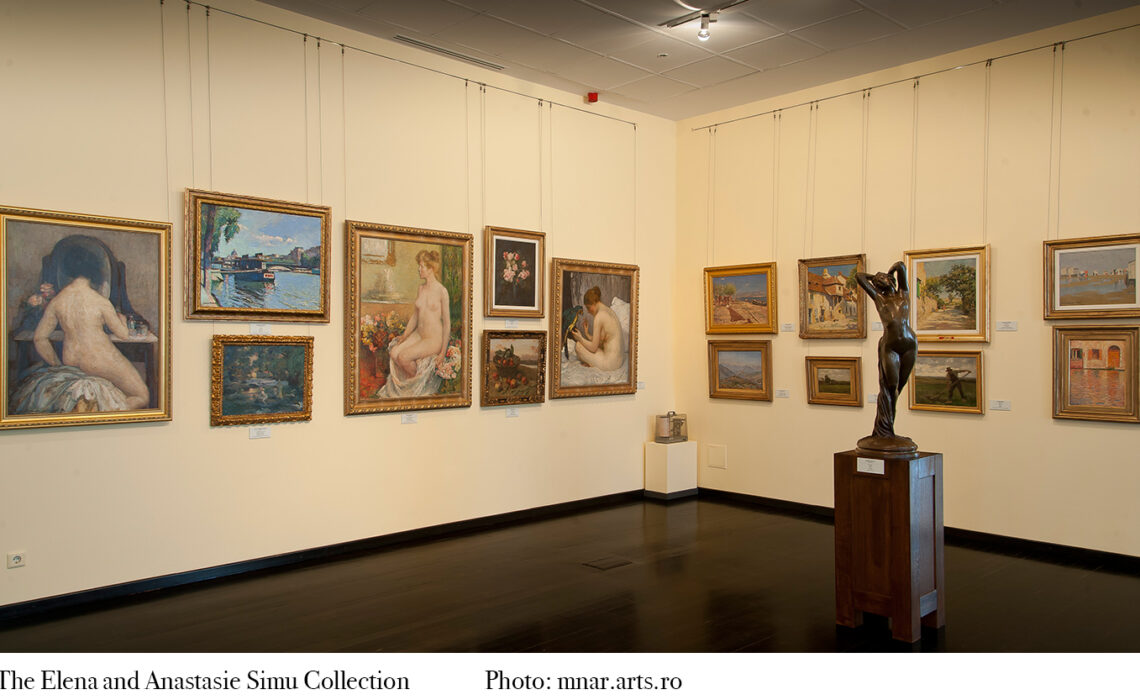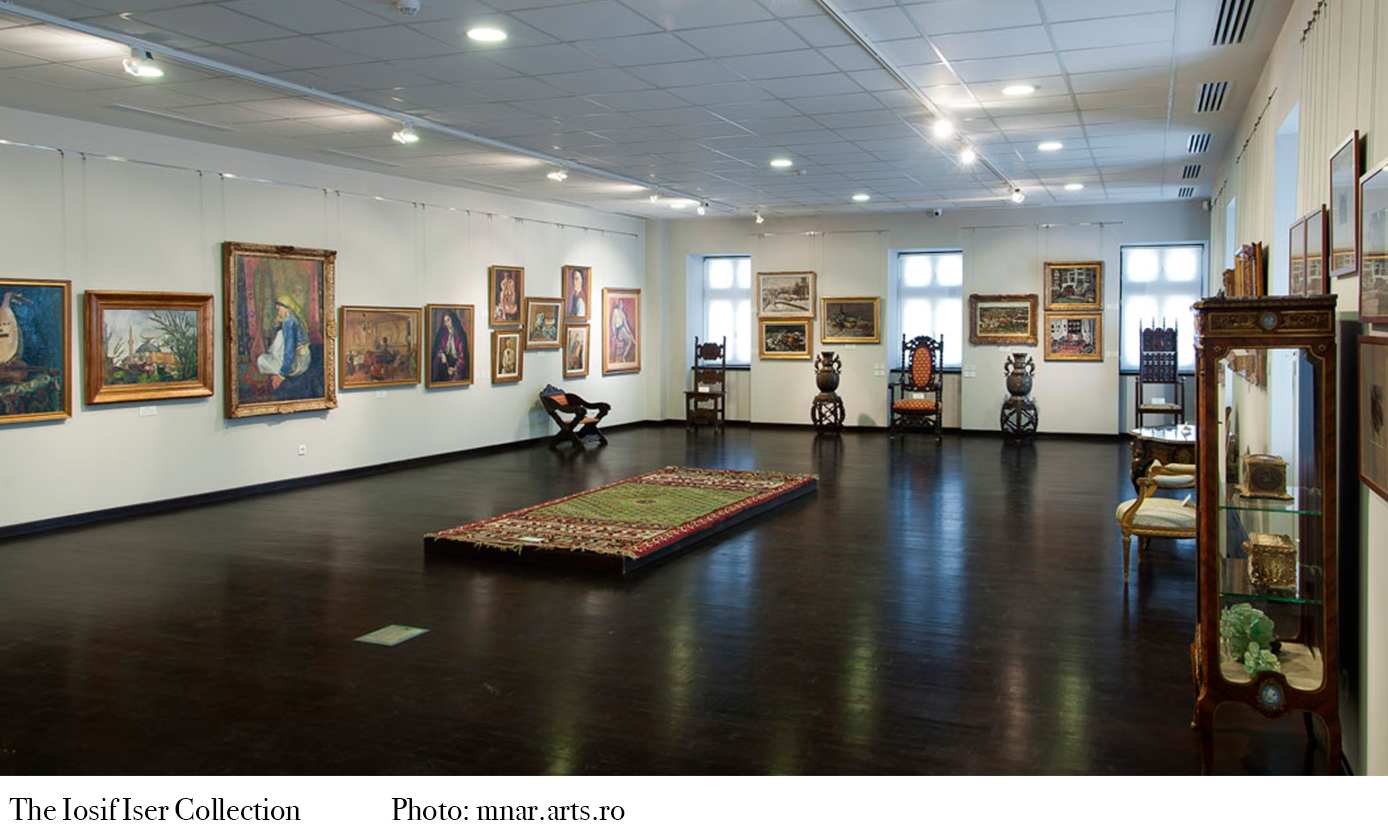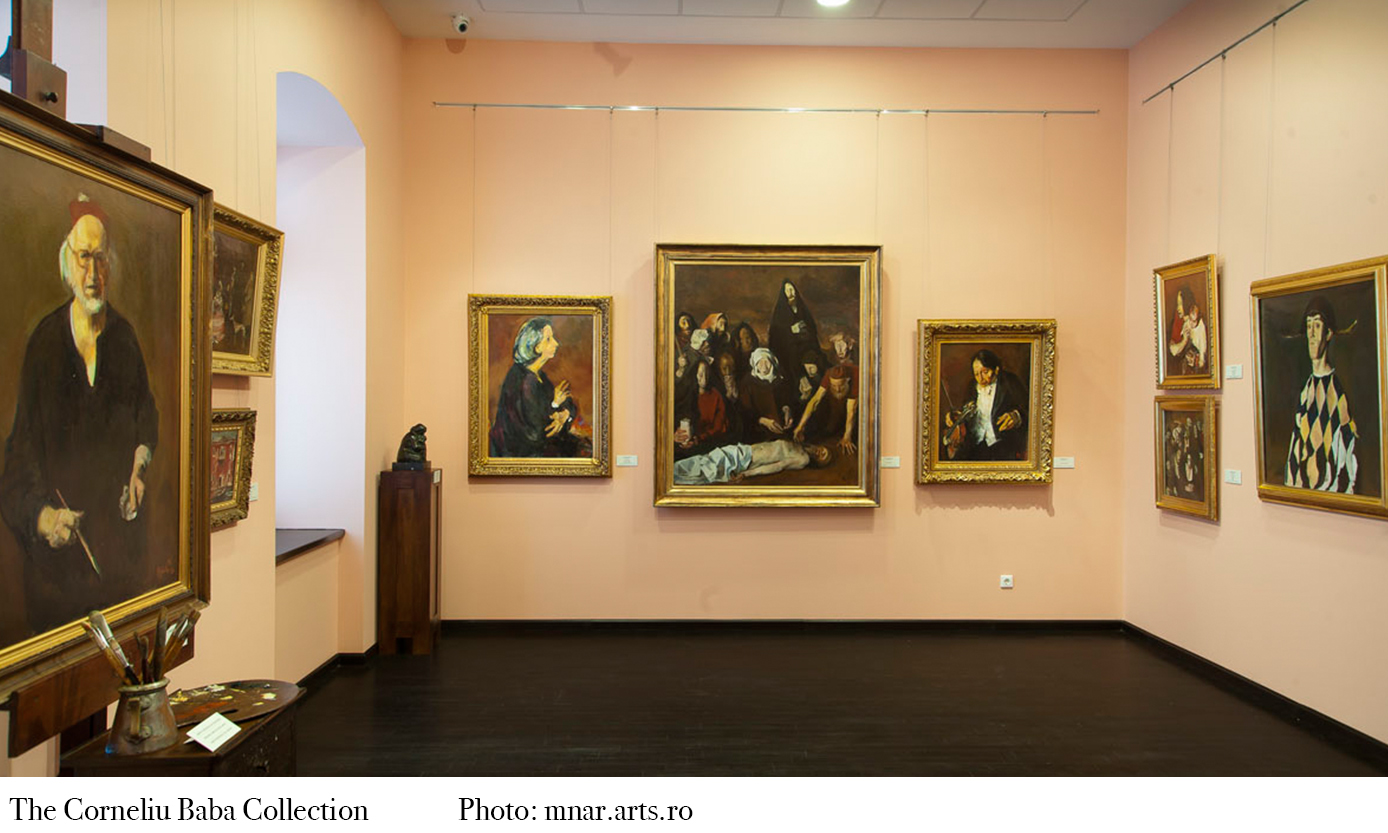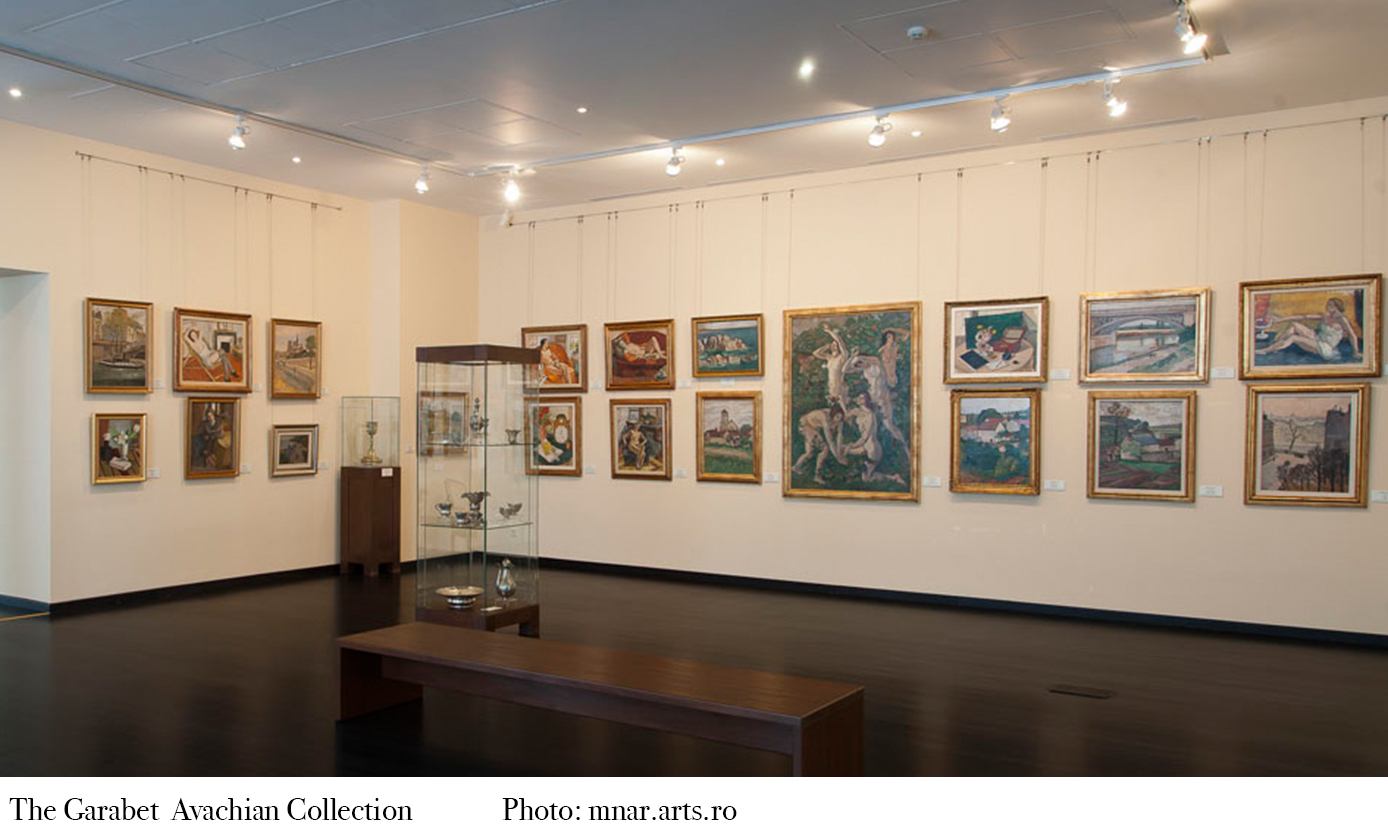
Tips to value your art collection. First part
By Sybaris Collection
Do you like to collect art, but you don’t know what to buy or how to determine the value of the works that interest you? The current art market is extensive, as you can see when looking at some auction houses and galleries such as Sotheby’s, Christie’s, Bonhambs, Phillips de Pury, Dorotheum and Balcils.
The interest in buying and collecting art arises from the idea of the cabinets of curiosities (small rooms full of wonders that the European bourgeois used to store their most peculiar objects from other parts of the world). The owners of these spaces looked for objects and works that were different. But did they worry about finding the value of all their objects? It is likely that in those times they sought the help of experts or art fans. Today it is possible to estimate the cost of a work of art from certain parameters. We present the following:
1) Investigate who the artist is and what his most important works have been. In this step it is important to ask the following questions: How many works of art did the artist perform and in what movements did he have influence? The artistic production you have had is an important factor in determining its value. Their contexts also influence: country of origin, cities where he performed his work, etc.
2) Discover if there are replicas. In the event that the works are unique they will have a higher value. If you want to value an engraving or lithography, keep in mind that they will have a lower value because they are produced in series. However, there are limited series that can increase its value. In disciplines such as painting it is usually different because there is a smaller amount in the market and they are considered unique and unrepeatable pieces.
3) Determine at what stage of his career the artist completed the work. An early work is usually cheaper than one made when the artist has reached his creative maturity. It is also important to investigate what the purpose of the work was. In the case of portraits and self-portraits, it will depend a lot on the person represented. Searching for interpretations, criticisms and texts about the work helps a lot to estimate its value not only monetary but historical and cultural. Do not underestimate art criticism because journalistic and academic perception often raise or lower the prices of the pieces.
4) Ask yourself the following question: Does this work reflect the artist’s style and his long career? Remember that works that do not have a relationship with the artist’s motives are difficult to identify and, therefore, can be estimated below monetary expectations. The perception of the work of art is very important. If there is any doubt about the authenticity of his work, prices may be below what we expect.
5) What is the theme or image that represents the work? This step is very important because it can provide clues about the trends and genres to which the work belongs. There are times where self-portraits have more value. If African photography is in fashion, it is likely that you can sell at a better price that piece that you had stored for a long time without much interest in it. The laws of the market are capricious. Stay tuned for all movements and play your best card.





